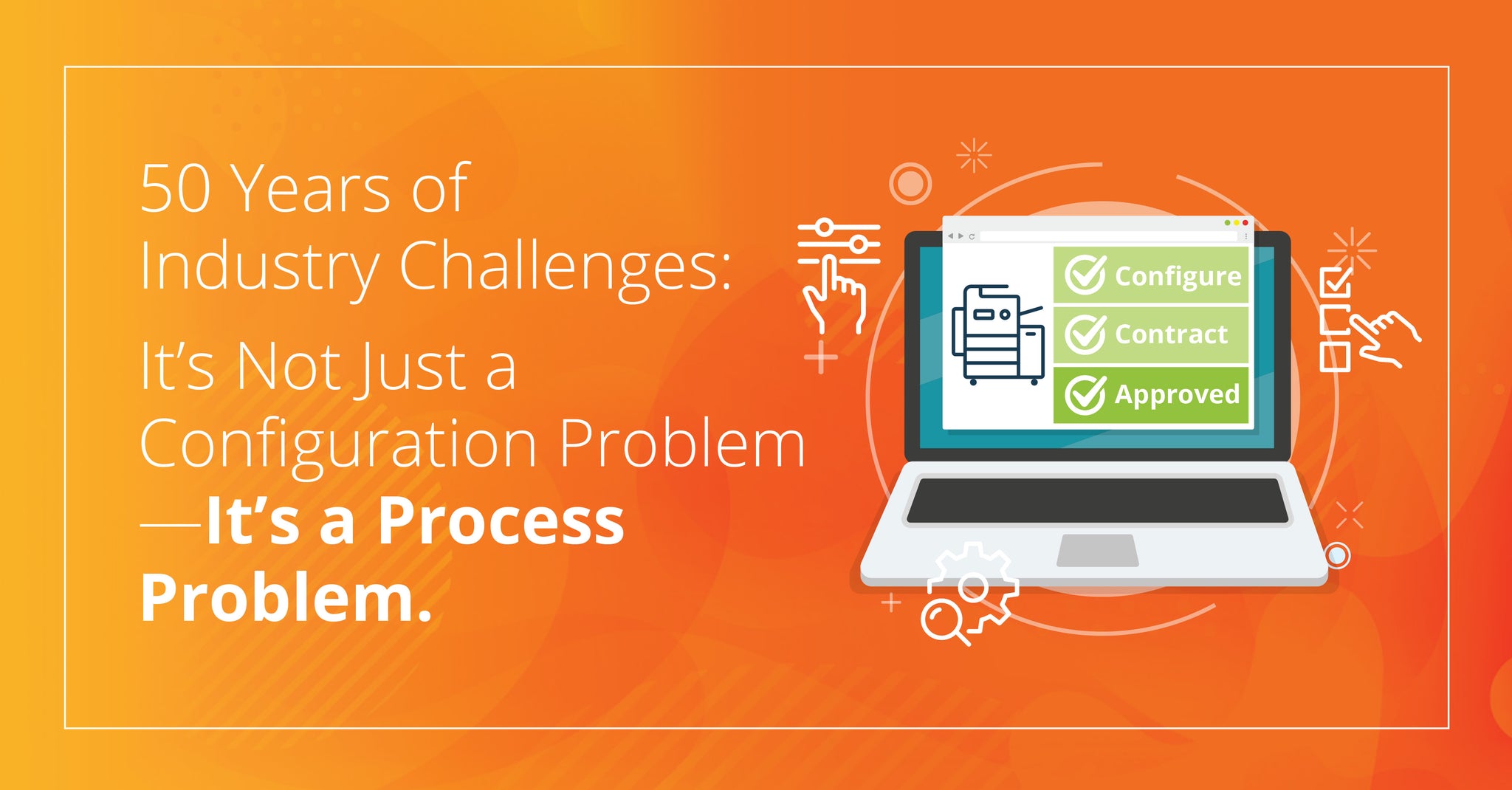
“If we don’t define how this meeting will help our customers in the first 10 minutes, I’ll leave.” I once had a CEO that said this simple line every time he walked into a meeting. And on one occasion, he actually did get up and leave. This made a pretty significant statement to the team members left in the boardroom and the CEO’s actions offer an important reminder of how B2B technology dealerships must remain customer focused and solve customer problems. Yes, I know; this sounds pretty straightforward and obvious, but what if we asked that question more often. Would we prioritize our projects the same way we do today? We’d likely spend more time on things that make our customers more efficient, as opposed to making our lives easier.
Are you making business decisions about products and services based upon larger customer needs and not smaller businesses? I’d like to make a case for why you should focus your programs more on the richest opportunity for revenue growth:small businesses.
Does this sound like your ideal customer?
· Between 20 and 50 employees
· Rely on your company for office printing including supplies, service, hardware and software
· Little focus on information technology
· Does not have a reliable source for computers and laptops, cloud backup, VoIP, etc.
· A customer of yours for 10+ years
Over the years, I’ve heard dozens office print dealers ask the MPS/customer size question: ‘how many employees should a customer have to make MPS worthwhile?’ A traditional MPS program including supplies, cost per page, and service maintenance probably needs 20 devices and 100 employees. Below that, there is a lot of upfront cost to recoup for assessments, walk throughs, and multiple close meetings. Traditional MPS does not scale to smaller businesses. The trouble is that for many dealerships, the sub 100-employee customer base represents the majority of your customers. It’s also the fastest growing segment of the economy. So, what are you doing to support this segment when traditional MPS isn’t a fit?

One example of a value-add for small business and print is to leverage your remote monitoring systems like FM Audit, Print Audit, and PrintFleet to automate buying supplies online. You make it easier for the customer to buy supplies. The data collected can also help identify new hardware opportunities as well as related services like document management.

There could be a disconnect if the sales team does not focus on these ideal customers because their main sales value proposition for office print is the traditional MPS program. Most dealerships have a program to expand beyond office printing and into new technology services. Does your sales rep have a story for your small business customers? Consider that if your office print strategy for small business has not evolved, you could be leaving your base exposed, never mind providing a path to more technology and services.
Using technology to sell technology
In the spirit of our opening question, if you want your ideal customers to buy more products and services from you, do you make it easy for them to understand your process and transact? If I want to buy a printer or laptop from Staples.com it takes 4 clicks. As they like to say, “That was easy.” With that 4 click benchmark, consider how easy (or cumbersome) it is for a customer when they would like to buy products and services from your company.
Staples, CDW, and Amazon all know that the key to helping small business customers is to automate the buying process. A recent Forrester survey found that:
“59% of B2B buyers prefer not to deal with a sales rep and 74% prefer to buy online.”
Take a few minutes to read that blog and think about how it affects your business. Unless you dispute the Forrester numbers (which will only increase in time) any inability to buy goods and services online from your company is going to cause problems eventually. If we want to help our customers, we need to listen to what they are telling us and watch what they are doing. What they are doing is transacting online.
How can you compete with online giants like Staples and Amazon?
Rather than compete head on, your dealership can add value and help small businesses navigate the technology landscape. The strategy chosen by the large online merchants is to have an infinite aisle of products and let the customer select the product that is right for them. Technology decisions, both hardware and software, require a strategy. Wrong choices have consequences. The landscape has changed and a functional e-commerce site is now the starting point of any business that has small business customers.
Are you curious about how this could work for your business? Check out how these dealerships took their businesses online and began supporting their small business segment:





